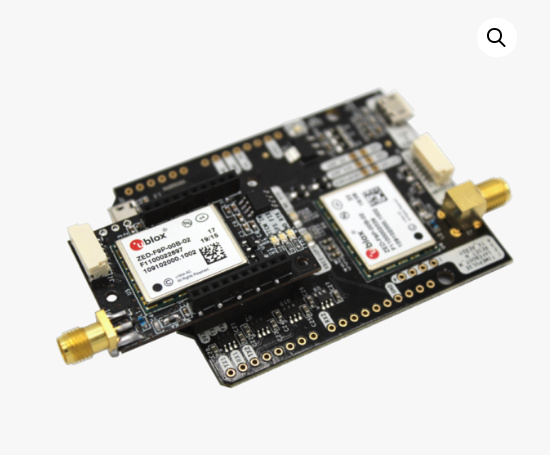Steve,
Keeping the communications separate is what I am doing, but there are pros and cons to each way.
Let me say that I personally have not used the RTCM3 injection via Mission Planner. I have helped a friend remotely via Zoom get his running and so I have seen it a little bit, but I am not an expert on it. If I misstate something, I hope someone else will correct me!
I would say the most common method of getting the RTCM3 messages into the rover is via Option 1. You simply connect your base GPS to your PC via USB and enable RTCM3 Injection in Misison Planner and you are done on the base side. I think there are a few parameters you set properly in Ardurover and you are done on the rover side. The RTCM3 data is sent to the GPS from the flight controller over the same serial link that you would already have connected to receive the GPS location information into the flight controller - so no additional cables.
This method does not require a separate PC for the RTCM3 communication. If you are going to have Mission Planner running continuously during your rover’s mission and the PC is colocated with the base GPS, this is probably the easiest way to go. You can use Mission Planner on this same PC for monitoring the rover and the mission, controlling the rover, etc. The RTCM3 injection is just happening in the background. And on the rover end, the flight controller is stripping out the RTCM3 data and sending it to the GPS.
One advantage of this option is that the flight controller will configure the GPS completely, you do not normally have to preconfigure it using the Ublox Ucenter software. Also, the same is true (I believe anyway) on the base side. Mission Planner will configure the base GPS.
The other option, which I have chosen, is to use some form of telemetry to send the RTCM3 stream directly from the base GPS to the rover GPS. The F9P GPS has 2 serial ports, so one can be connected to your flight controller and the other can be connected to a telemetry receiver to receive the RTCM3 data from the base.
I find this option best for me. I have my mower running very long missions and during the mission, I might move my Mission Planner PC from my shop to my house and have brief times when communication is lost from that PC to the rover. Having the RTCM3 communication handled separately and always operating is better for me.
Option 2 does require configuring your base GPS with Ucenter. Ucenter is a little challenging to learn, mainly because the GPS has so many parameters, organized in Ucenter in a huge tree structure. But once done, it’s done. Also, you have to configure the telemetry radios. I think that if you use the Xbee radios that are part of the Ardusimple kit, you will have an easy time of that. I have not done it, mind you. I am using Adafruit Feather-M0 LoRa boards. These require firmware to packetize the data, transmit and do the reverse on the receive end. I have done that and am glad to share if you want to go that way (https://github.com/ktrussell/Serial_to_LoRa). When I started, I was using the predecessor to the F9P, the M8P. At that time, there was no Ardusimple with the built in socket for the Xbee radios. I am not sure what range you will get with the Xbee versus other radios, but I bet it is good. I would probably try that first.


